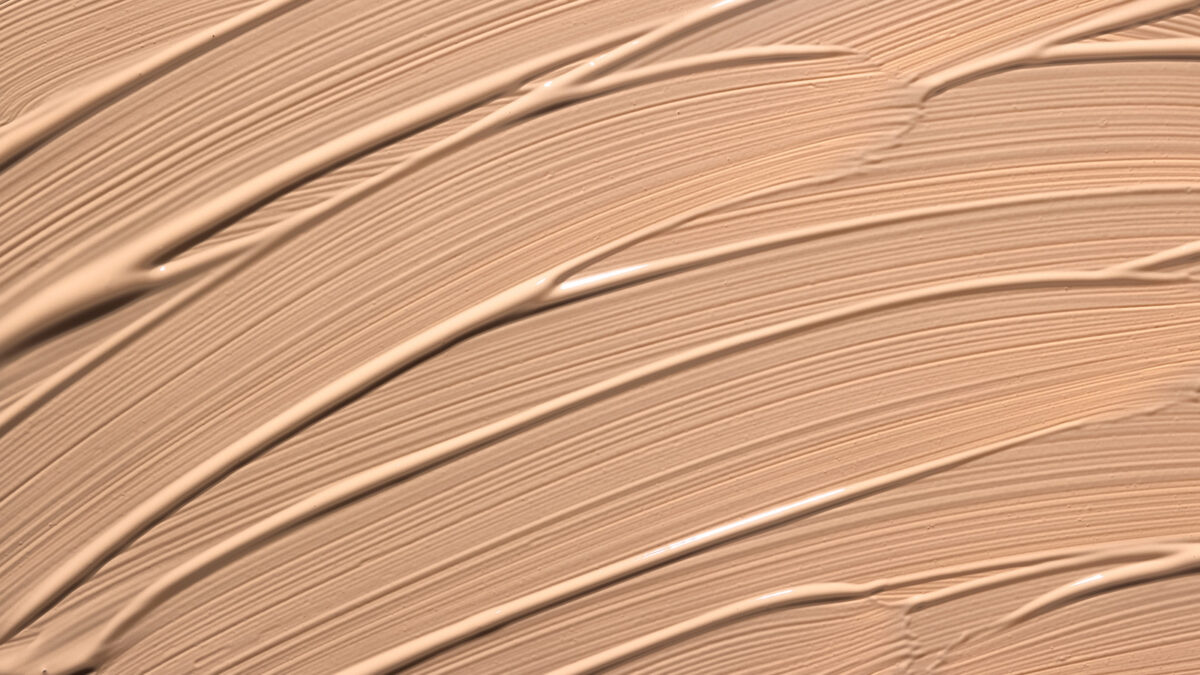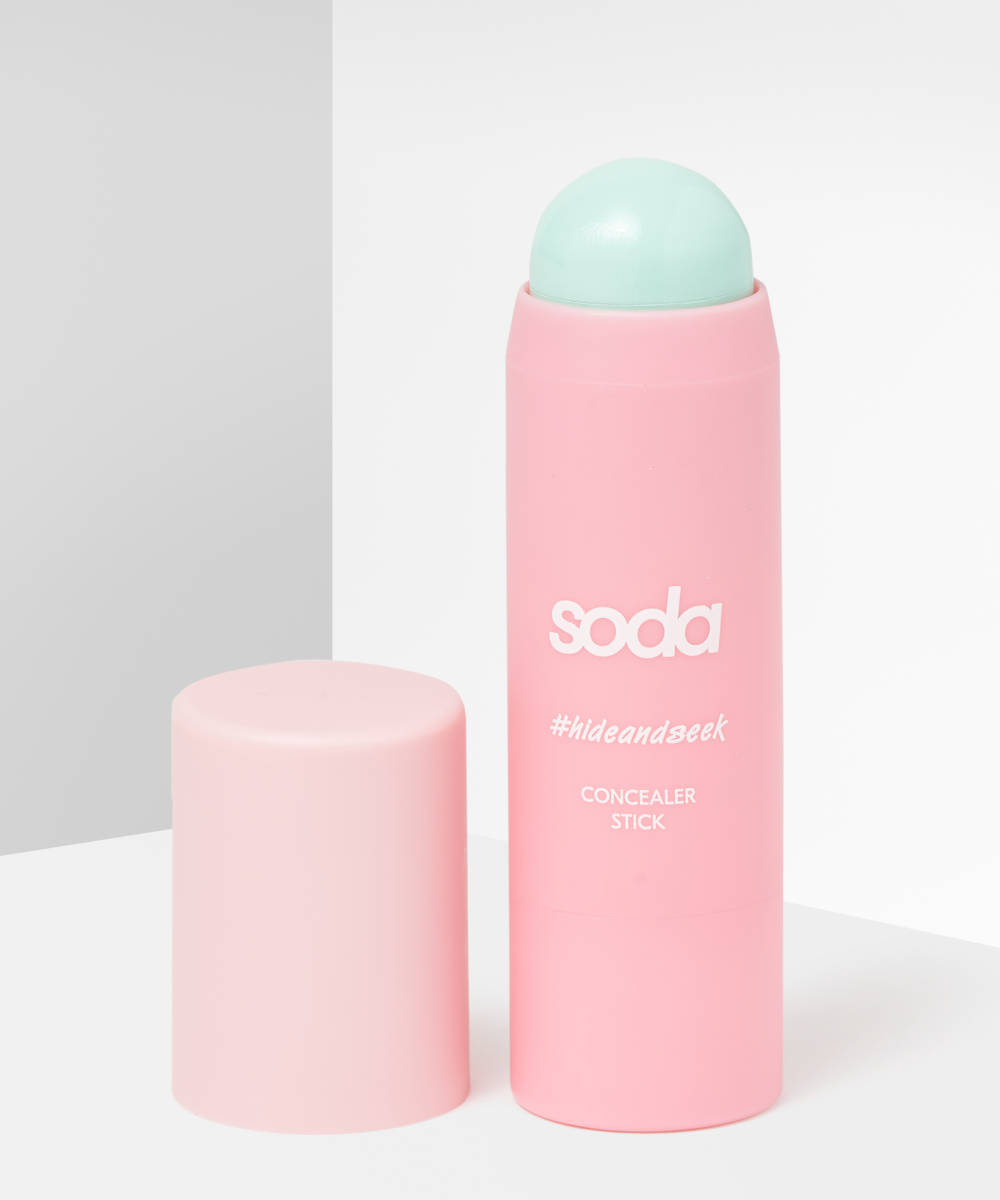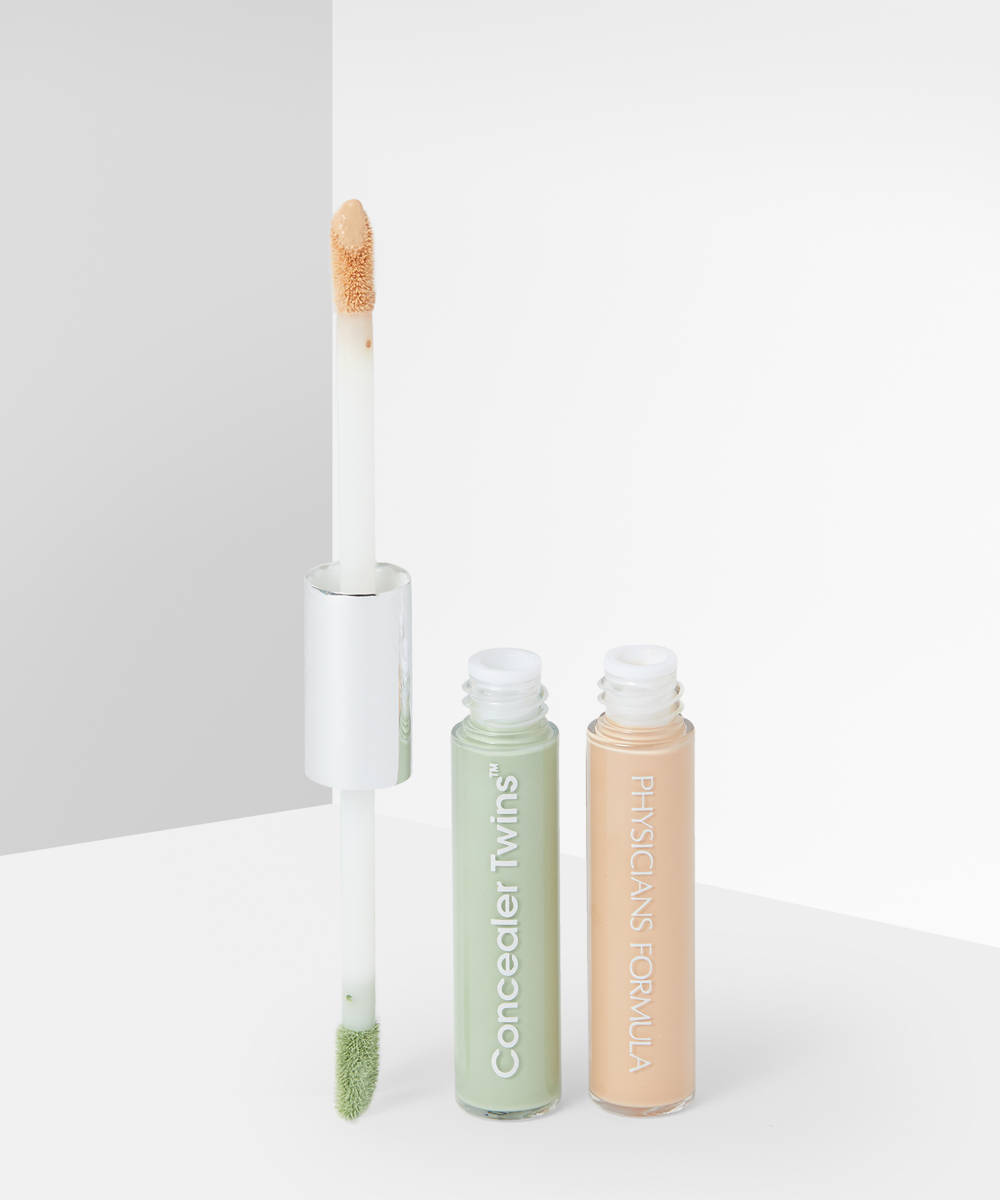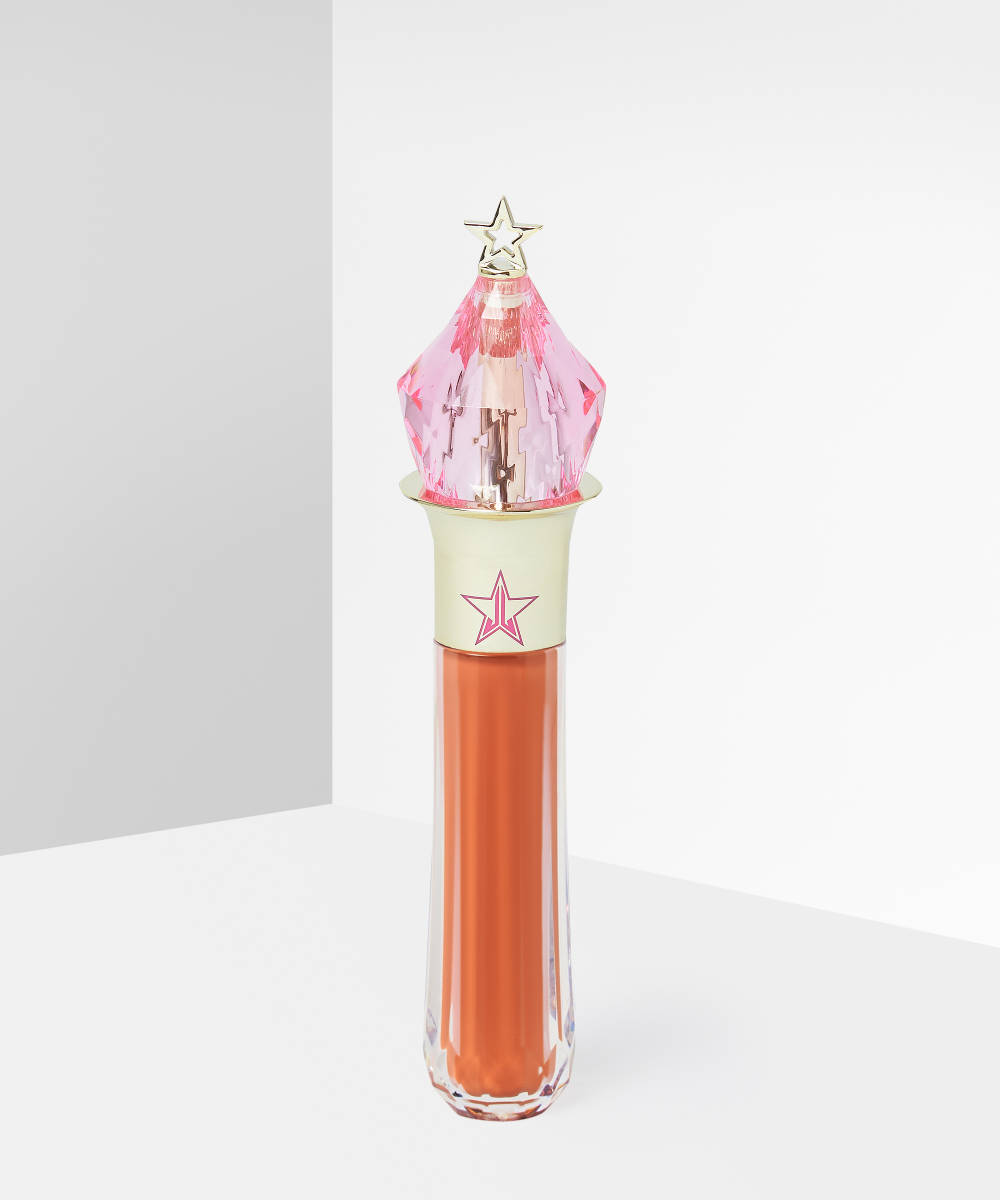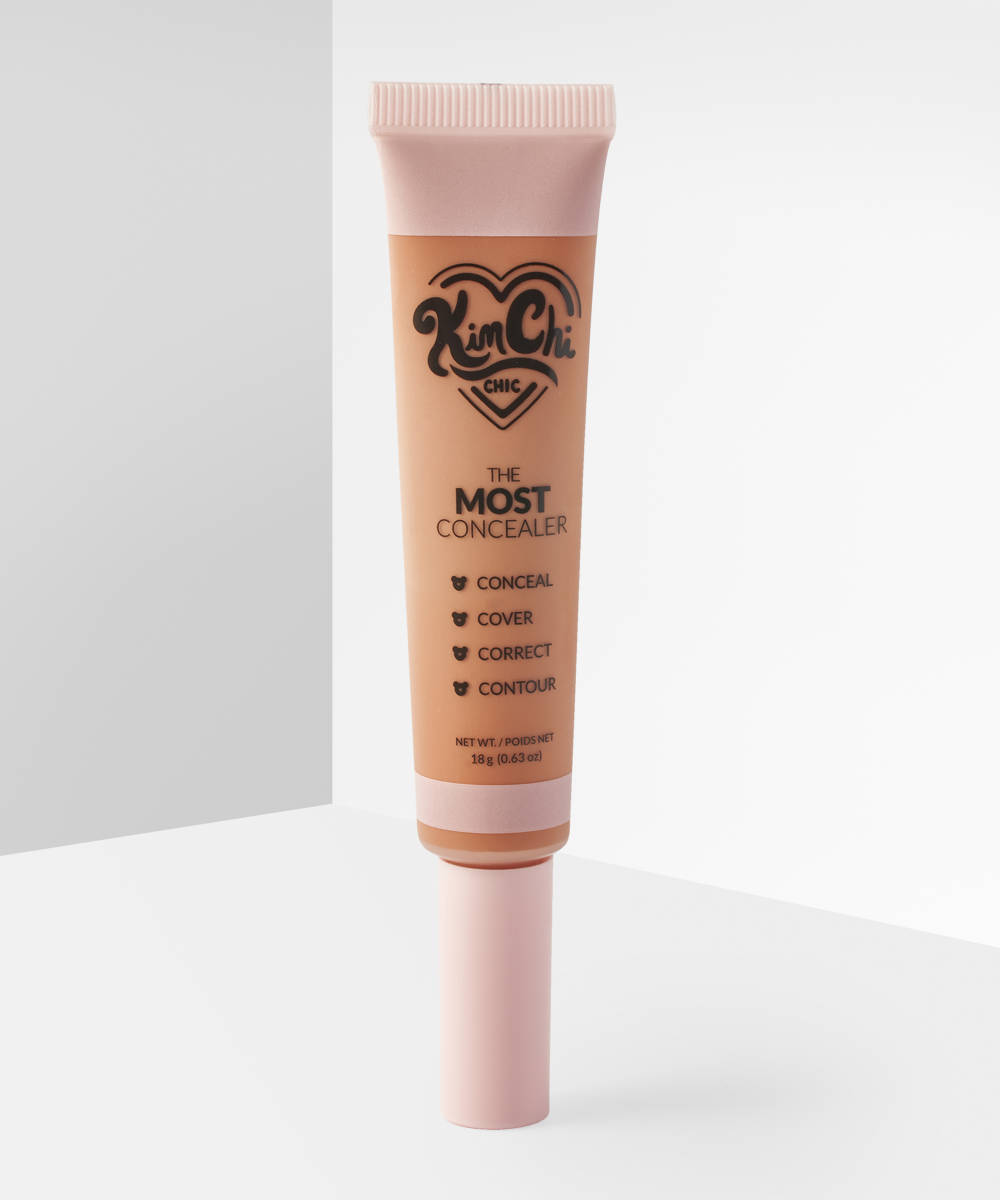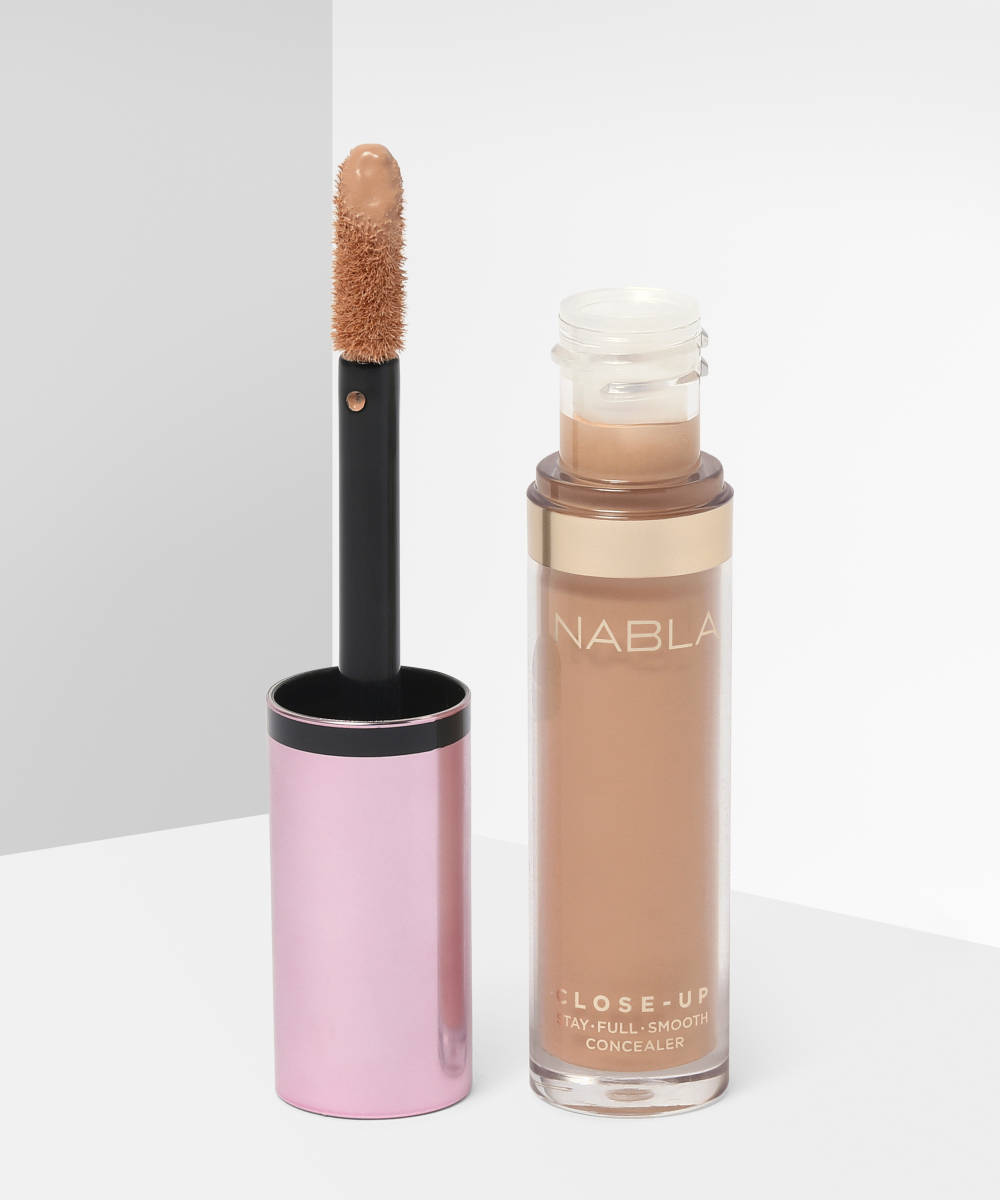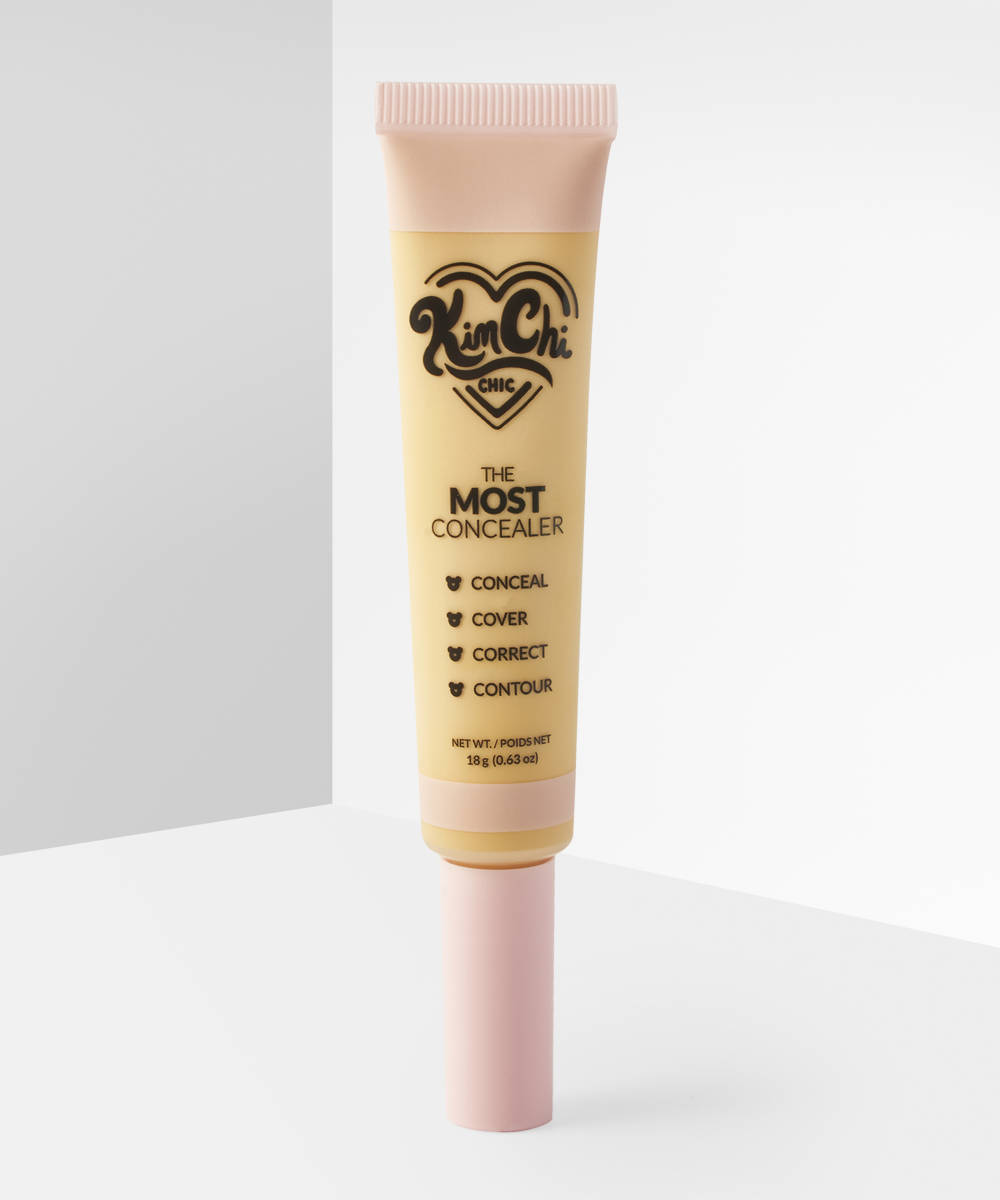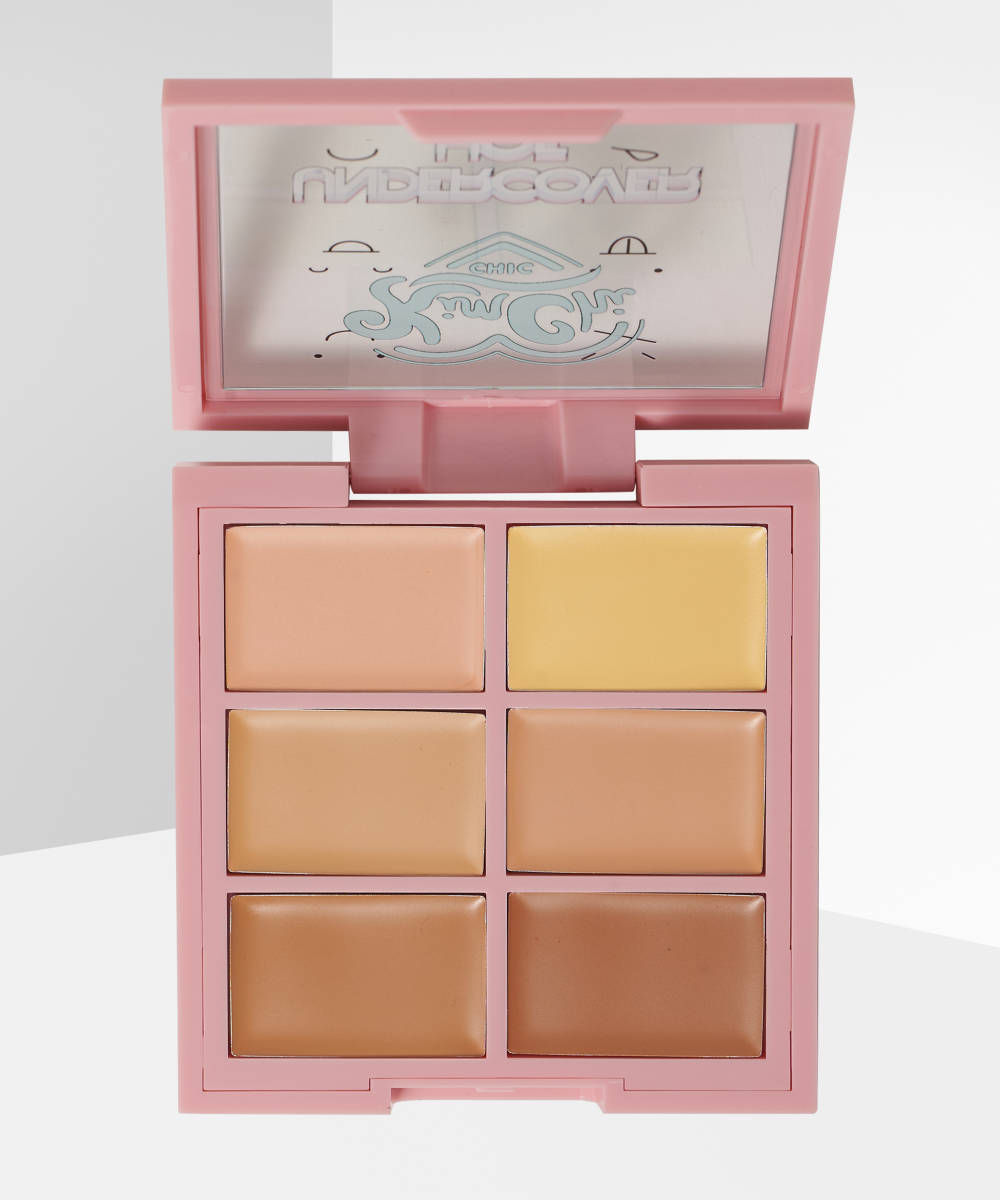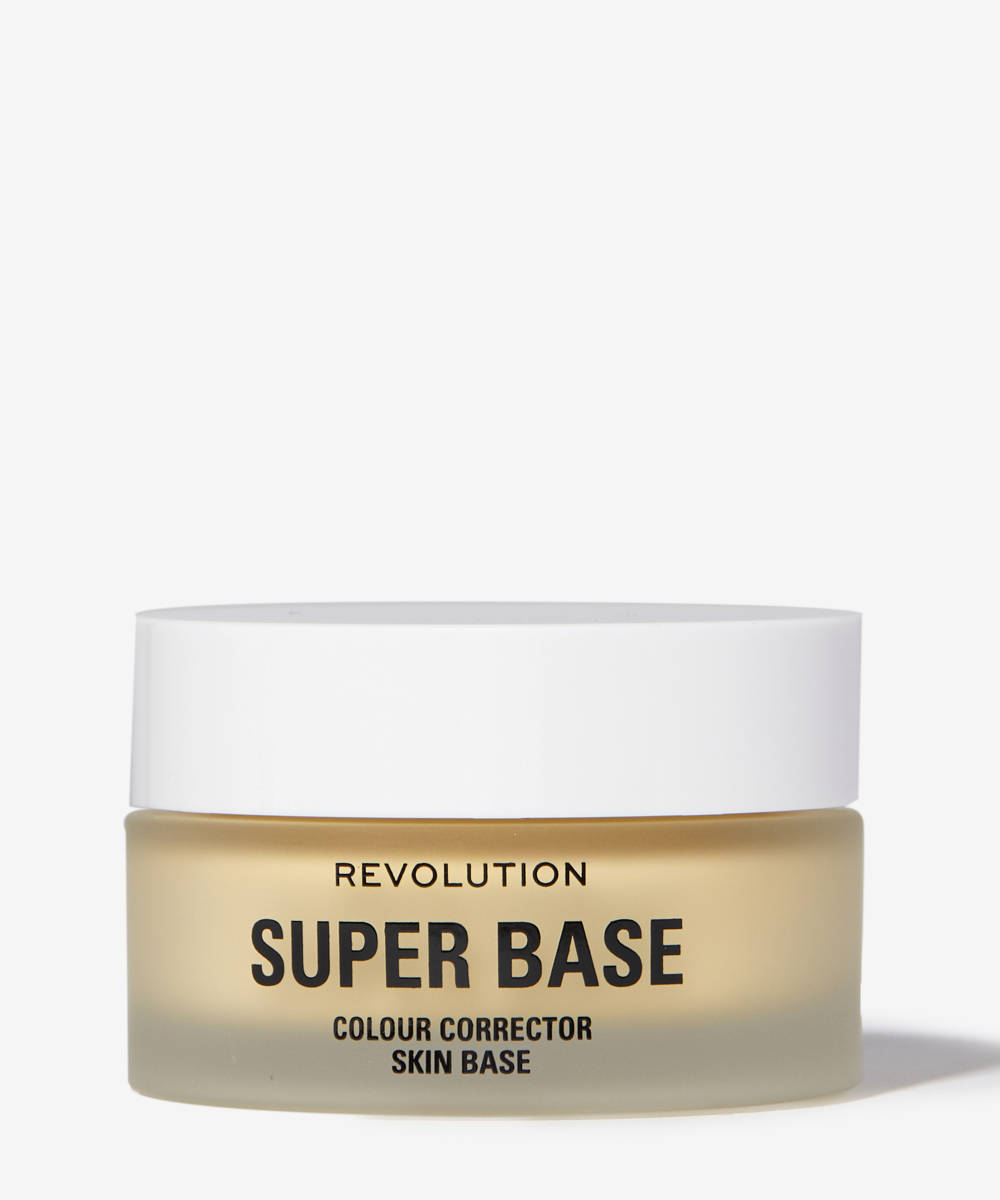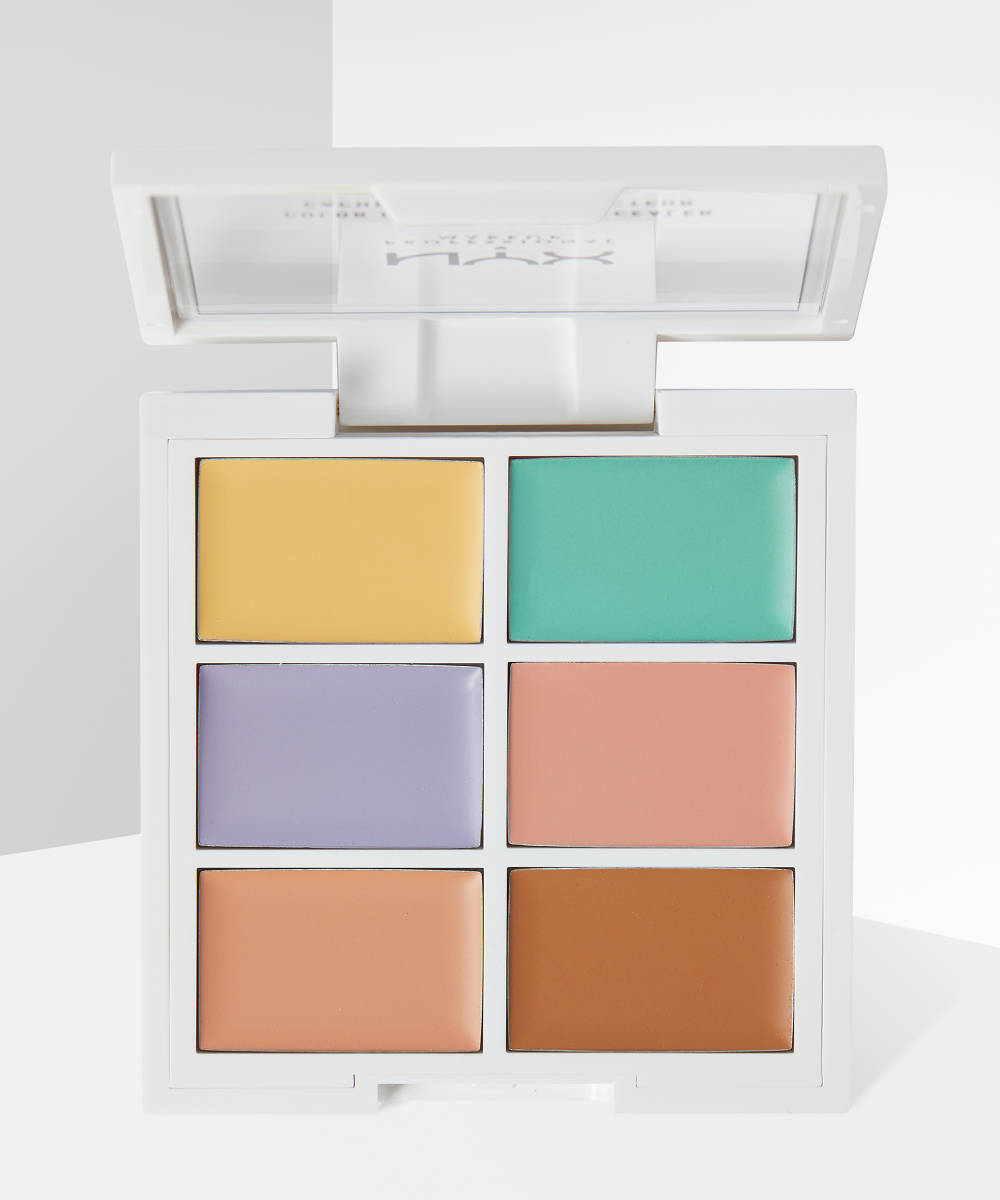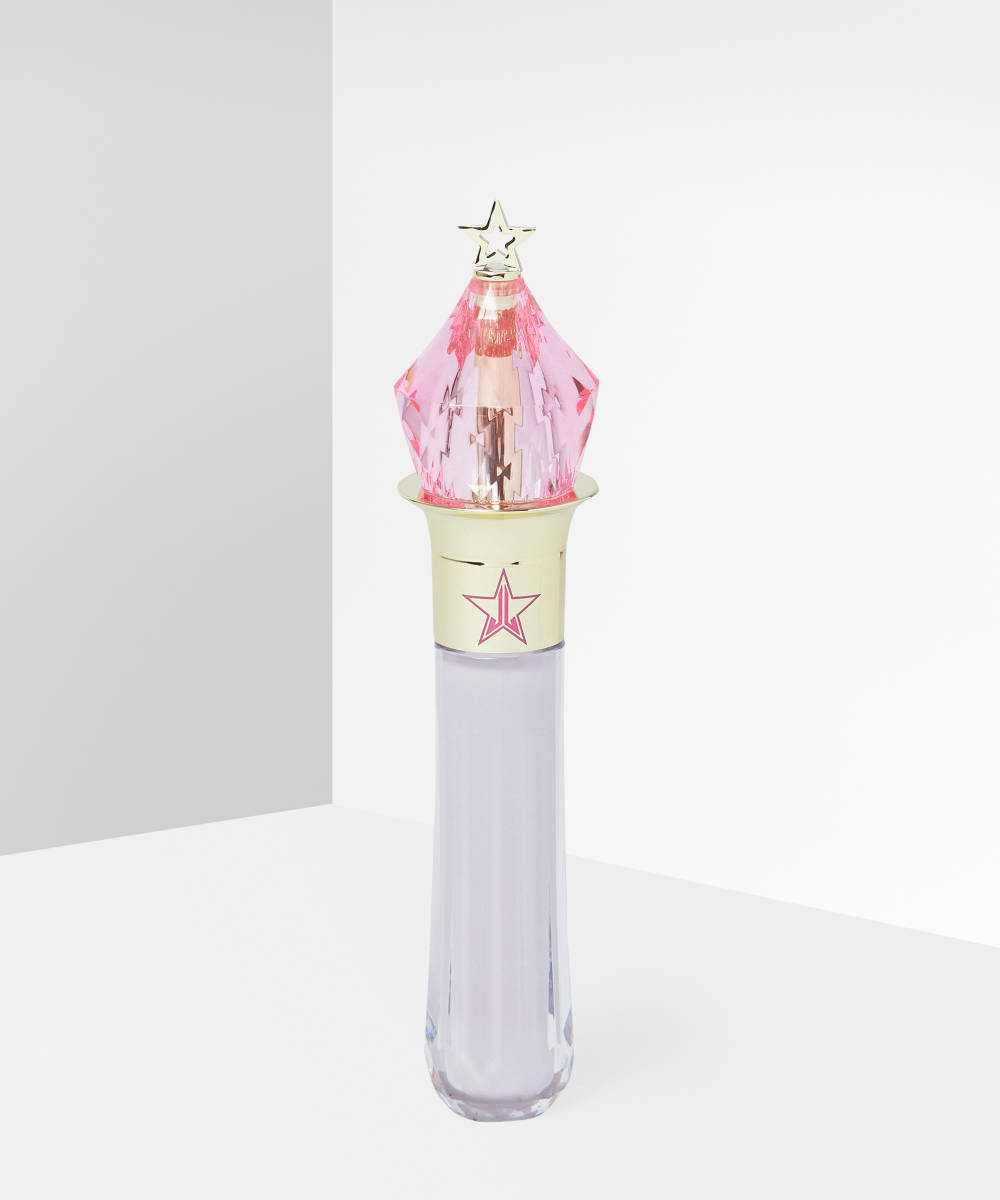Colour correcting is a technique that makeup artists have been using for years. An upgraded take on regular concealer application which sees colour theory applied to cancel out discolouration, colour correcting allows you to cleverly hide dark circles, pigmentation, scarring, blemishes, and basically just makes skin look more even toned.
What is colour correcting?
While regular concealers are formulated to match the exact shade of your skin, colour correcting concealers have a slight tint. The colour wheel will help you to determine which tint will work best for the discolouration in the area you’re targeting. Essentially, colours that are opposite each other in the colour wheel will cancel each other out. So green is great for concealing redness, yellow can be used to target purple-toned scars, and orange is great for addressing blue-toned dark circles.
What colour is best for me?
What are your concerns? Do you have particularly dark under eyes? Redness around the nose area? A fresh bunch of breakouts, or lingering post-acne pigmentation? Getting to know your own face will help you to understand how to work with it so much better. Once you’ve determined the colour associated with the area you want to conceal, take a look at the colour wheel below to find the best colour correcting concealer for you.

Green concealer
Green is going to neutralise redness, which makes it ideal for targeting redness around the base of your nose (we all have it!), breakouts, and post-acne pigmentation. It’s also great if you are prone to flushing or rosacea flare-ups.
Orange concealer
Orange and peach-toned concealers are great for targeting dark circles as they knock out blue and grey discolouration. If you skin is dark then deeper oranges and reds will work well, but if you have fair skin, go for lighter peach-toned shades.
Yellow concealer
Yellow is opposite purple on the colour wheel so can be used to address purple-toned discolouration such as hyperpigmentation, veins, and bruising. If your skin is looking a bit dull and ashy then yellow can also be used for an overall brightening boost.
Purple concealer
Purple can be used to neutralise yellow undertones in your skin, so if your skin is looking a bit sallow and dull, it will brighten and even things out.
How do you apply colour correcting concealers?
Firstly, less is almost always more. No one wants their face to look or feel caked in product so apply thin, sheer layers and build them up gradually until the discolouration is cancelled out. Most makeup artists advise using their fingers to apply (since this warms up and softens the formula), but if you do use a brush or sponge, remember that blending is always key! You can apply primer before colour correcting, but always apply colour correcting concealers to your skin before foundation – and don’t be concerned if things look a bit colourful – once you’ve finished colour correcting, you can then follow up with your foundation.
